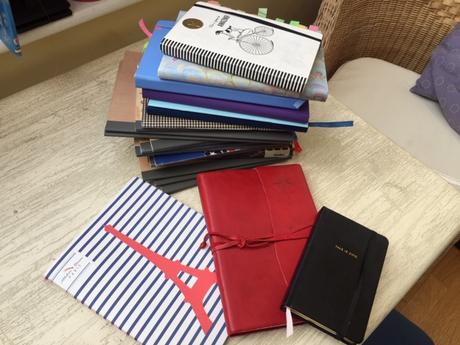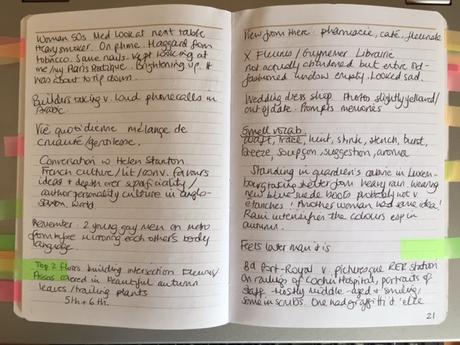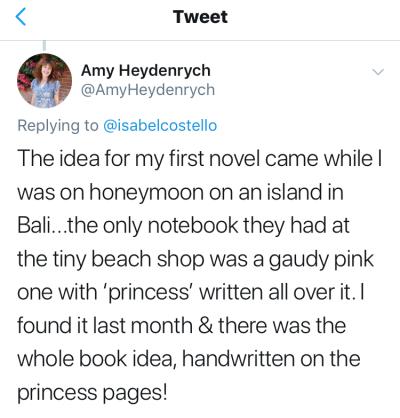 Firstly, thanks so much to everyone who entered the Literary Lunch competition and a big welcome to new subscribers. The number of entries topped all previous years and once again resulted in a brilliant and eclectic list of book recommendations. Next week I’ll publish them in list form and you can join me in picking one to read. I’m really looking forward to meeting winner and prolific flash fiction writer Shannon Savvas over lunch.
Firstly, thanks so much to everyone who entered the Literary Lunch competition and a big welcome to new subscribers. The number of entries topped all previous years and once again resulted in a brilliant and eclectic list of book recommendations. Next week I’ll publish them in list form and you can join me in picking one to read. I’m really looking forward to meeting winner and prolific flash fiction writer Shannon Savvas over lunch.
A lot hangs on mid-October in the book world with the buzz already building ahead of next week’s Frankfurt Book Fair. With all credit to those getting a ‘substantial’ 6 figure deal for their debut novel (isn’t it rather nice, in a way, to see some people’s wildest dreams come true?), it can have a demoralising effect on the 99.9% (conservative estimate) of writers who will never experience anything of the kind unless you count the figures after the decimal point. If you’re even that lucky. It’s worth remembering that exceptions make big splashy news. This deliberately down-to-earth post is dedicated to the humble writer’s notebook and to everyone quietly writing away, surviving the knocks, uncertain of the outcome. I’m with you – and have been for a long time.
In nearly 11 years of writing fiction I have amassed at least 22 notebooks. I mentioned the topic on Twitter hoping a few people would contribute their own notebook stories, which they did. There are a lot of stationery fans out there – I’ve been one since my childhood visits to France. They had bright pretty things when all that was available back home were boring basics from the Post Office or W H Smith.

- Lists of characters and character sketches
- Plot-wrangling (although most of that happens on my big Post-it board)
- Scraps of dialogue, which are often the starting point for a scene
- Scene outlines
- Casual observations from real life: optics, over-hearings, people-watchings, especially when I’m away from home. (This picture shows notes from my October 2016 trip to Paris.)
- Observations/thoughts directly from the characters’ perspective
- Interesting ideas from articles/books/art/photos, things I want to look up later
- Any big topic I’m researching, such as perfume in my most recent book.
- Endless editorial snagging lists
- Rarely, musings on writing which lurch between ‘This is what I want to achieve!’ and ‘Why the fuck am I doing this?’ Both of which are common (many would say unavoidable) parts of the process of writing a novel.
When I look back at my notes, I’m often amazed by how little they resemble the finished book – but I don’t look back that often. Past Sofa guest Eleanor Anstruther, author of A Perfect Explanation, says with typical eloquence, ‘often it’s the writing things down that makes it stick in my head or at least brings it into this 3D world – I rarely refer back to them as their work is already done in simply being a landing place for thought.’ Eleanor goes on to comment on how little of her extensive research made it into the novel. We agreed – and this is true of everything good and bad about writing, I believe – that ‘nothing is ever wasted’.
Whether the type of notebook matters is a very individual question. If it was down to me, my stack would all be the cheap brown paper cover ones from Muji which I started out with – my taste is a lot plainer now than when I was ten. Over the years many friends have given me beautiful posh notebooks which I love, partly because they remind me of them. My current one has a gorgeous soft red leather cover with a flap which ties up to protect the pages – let’s hope the crazy idea I got on my recent holiday goes as well as it did for South African thriller writer Amy Heydenrych, who shared this fabulous story about inspiration striking with (horror) no notebook to hand:

The last word goes to editor and workshop leader extraordinaire Andrew Wille because no novel makes it out there without the input of many other book professionals and I personally owe him so much for putting me up to the legendary Re-type Draft. Interestingly, Andrew was the only person to mention the writing instrument, saying he too loves the look of the Muji brown paper notebooks ‘but they are hopeless with ink from fountain pens.’ If there’s anyone else out there using a fountain pen, Andrew’s top tip is Ryman’s A4 spiralbound yellow (Superior wide-ruled) pad which ‘takes ink well – nib slides across. Aiding speed in writing can be important.’
If this day/week/month isn’t a moment of glory and validation for your writing, that’s fine. I bet more good books emerged from doubt and resilience and sheer hard graft than from headlines and hangovers. So if you have a minute to spare, turn a new page in your posh or scruffy notebook. Pick up your chewed biro or your Mont Blanc. And write down three reasons you’re proud to have made it this far.
Advertisements
